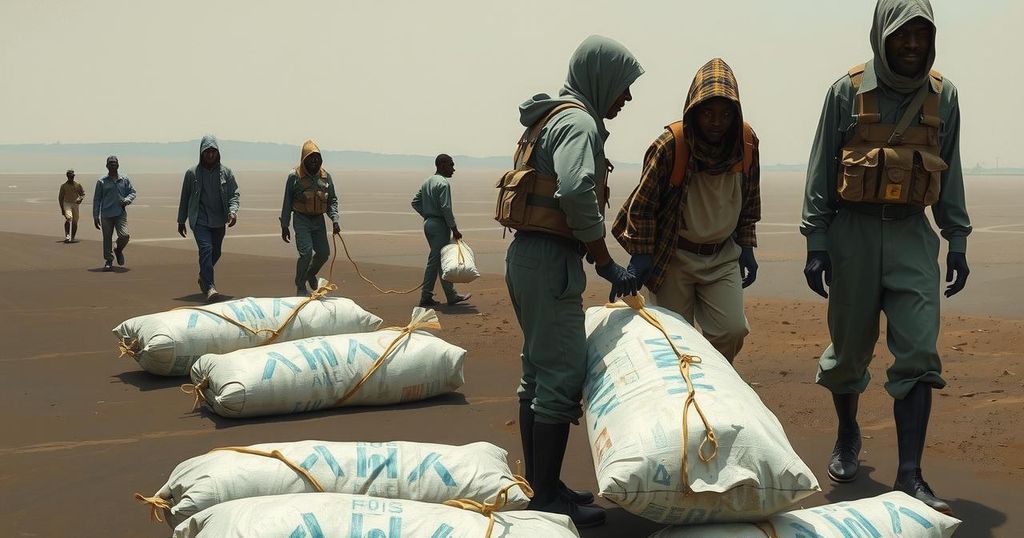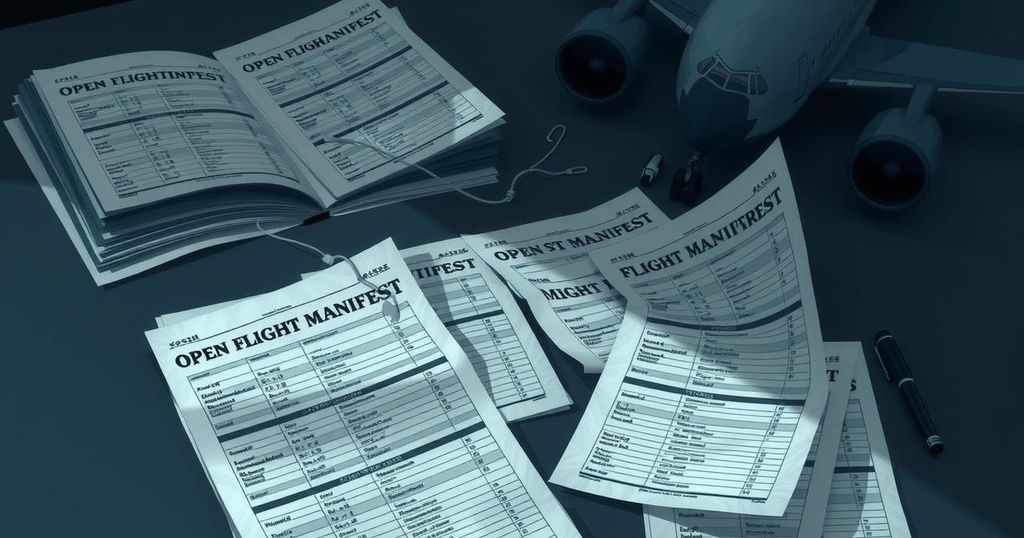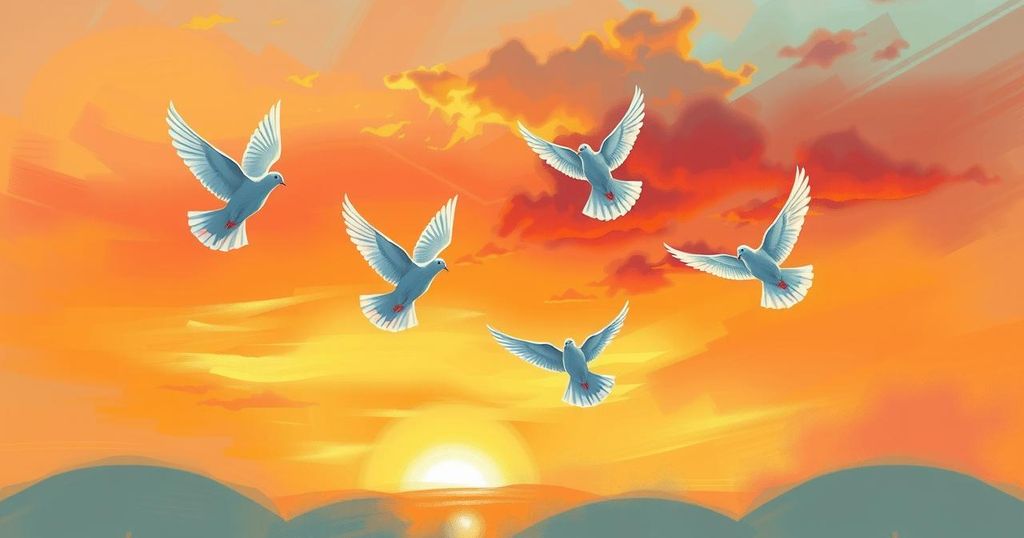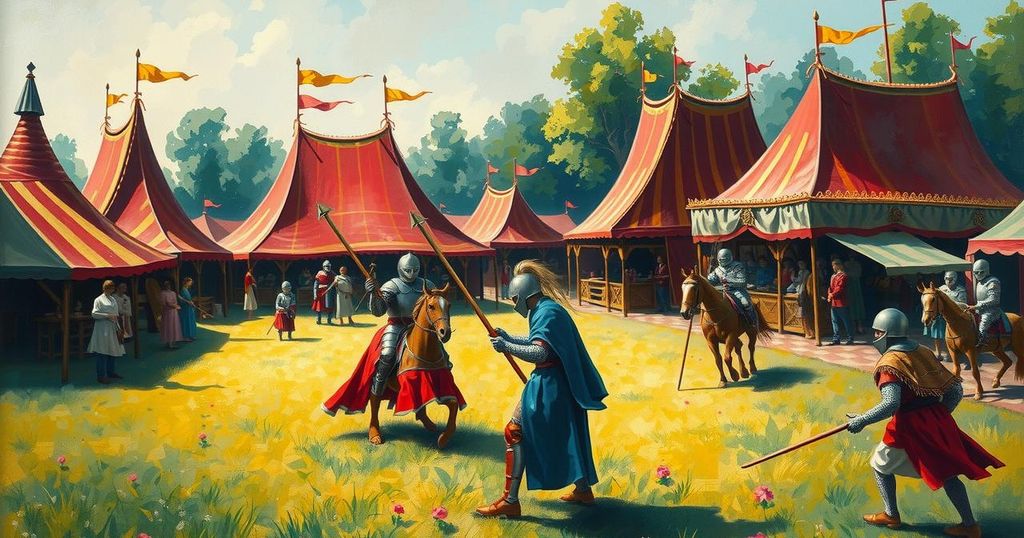World news
AFRICA, AL KATANTY, AMERICAN THINKER, CONGO, CONGO (KINSHASA), CYRIL RAMAPHOSA, DEMOCRATIC REPUBLIC OF CONGO, DJAFFAR AL KATANTY, DONALD TRUMP, DRC, GOMA, ICRC, JOHANNESBURG, MEDIA, MEDIA CRITICISM, NORTH AMERICA, OVAL OFFICE, POLITICS, REUTERS, SOCIAL MEDIA, SOUTH AFRICA, TRUMP, TRUMP ADMINISTRATION, U. S, UNITED STATES, WASHINGTON, WHITE HOUSE, YOUTUBE
Fatima Alavi
0 Comments
Trump Misidentifies Reuters Footage from Congo as Evidence of Violence in South Africa
President Trump presented a screenshot from Reuters footage taken in Congo as evidence of mass killings of white South African farmers. The image, taken in the Democratic Republic of Congo related to an M23 rebel conflict, was misidentified by Trump during a meeting with President Ramaphosa. This incident reflects the ongoing issues of misinformation and its impact on international relations.
In a recent Oval Office meeting, President Donald Trump inaccurately presented a screenshot from a Reuters video, claiming it depicted deceased white farmers in South Africa. The use of this image has raised eyebrows and questions about its authenticity. The footage, rather, was filmed in the Democratic Republic of Congo, where humanitarian workers were seen dealing with the aftermath of violent clashes involving the M23 rebel group.
The image Trump showcased during a contentious encounter with South African President Cyril Ramaphosa is derived from a Reuters report published earlier this year. The video, released on February 3, depicted the grim realities of a mass burial following battles in Goma, a city significantly impacted by the ongoing conflict. Trump’s statement suggesting mass killings among white South African farmers has been strongly contested, revealing the complexities of misinformation.
According to a blog post referenced by Trump during the meeting, which originated from the conservative outlet American Thinker, the image was not properly captioned. This post discussed the alleged racial tensions and conflicts within South Africa, but the disconnect regarding the origin of the image is evident. American Thinker’s managing editor, Andrea Widburg, acknowledged that Trump had indeed “misidentified the image.”
The video footage was captured by Reuters journalist Djaffar Al Katanty, who described the challenges of filming in war-torn regions. “That day, it was extremely difficult for journalists to get in … I had to negotiate directly with M23 and coordinate with the ICRC to be allowed to film,” he stated. His shock at the misapplication of his footage to support Trump’s narrative was palpable.
Ramaphosa traveled to Washington to address strained relations between the U.S. and South Africa, sparked by Trump’s criticism over land laws and treatment of the white minority population—a point that South African officials have strongly disputed. During their meeting, Trump interrupted discussions to showcase a video, claiming it revealed genocide against white farmers in South Africa, a narrative rooted in misinformation circulated among extremist groups.
As Trump flipped through various articles describing alleged killings—repeatedly emphasizing “death, death, death, horrible death”—the accuracy of these claims comes into question. The incident underlines the importance of verifying information before presenting it as fact, especially on such sensitive issues affecting international relations.
The controversy surrounding President Trump’s use of a Reuters image highlights the significant issue of misinformation. The footage, depicting a tragic humanitarian crisis in Congo, was mistakenly related to claims of violence against white farmers in South Africa. The incident raises concerns over the implications of presenting false information in critical discussions, particularly regarding race relations and international diplomacy.
Original Source: www.straitstimes.com




Post Comment